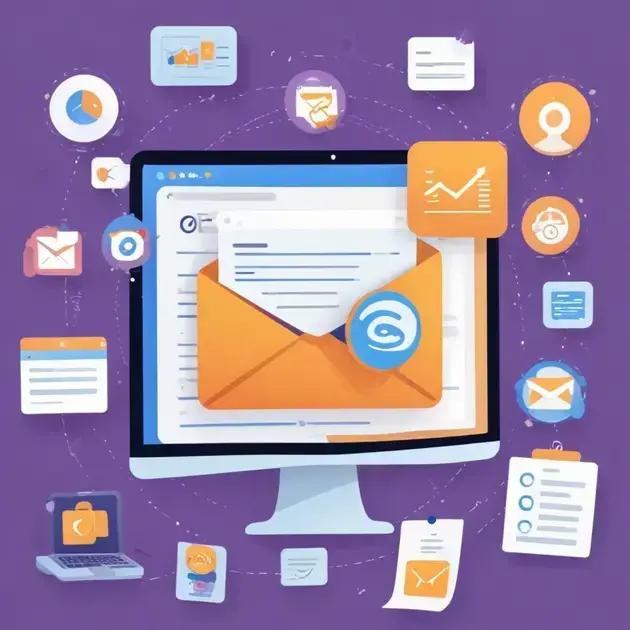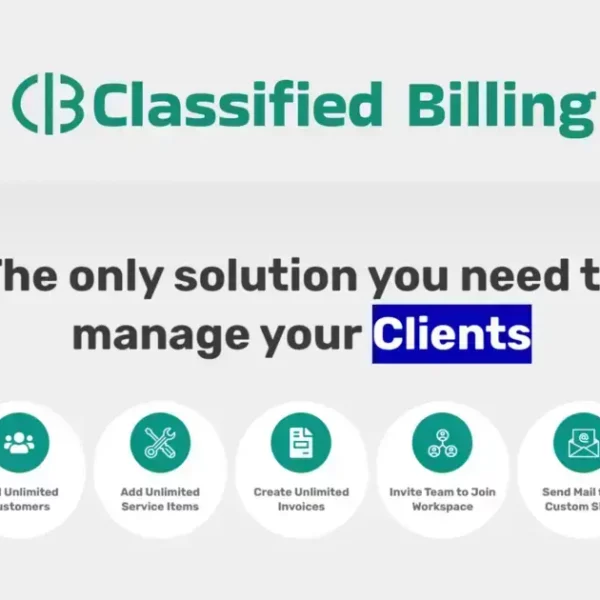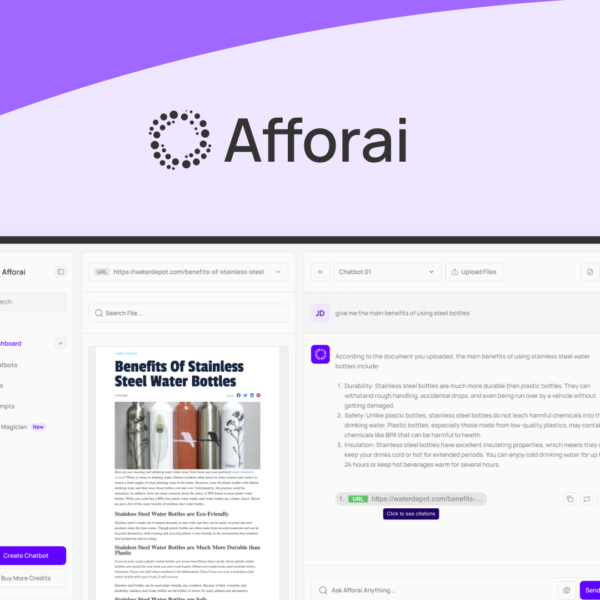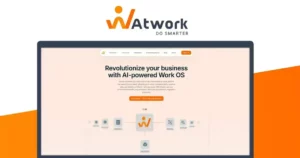Automated email marketing software streamlines your marketing efforts by allowing you to personalize emails, automate campaigns, and analyze performance metrics effectively. By choosing the right tool and avoiding common mistakes, you can enhance audience engagement and maximize your marketing ROI.
Automated email marketing software is transforming the way businesses connect with customers. With the ability to personalize and schedule emails, companies can engage their audience effectively, driving higher conversion rates. This post will delve into the essential aspects of automated email marketing software, its benefits, selection criteria, and key features to consider.
What Is Automated Email Marketing Software?
Automated email marketing software is a tool that automates the process of sending emails to your subscribers. It allows businesses to create, schedule, and send marketing emails without manual intervention. This software can segment your audience, personalize messages, and track engagement metrics, leading to more effective campaigns.
Understanding Its Functionality
This software typically includes features like email templates, list management, and analytics. Users can create visually appealing emails using drag-and-drop interfaces, ensuring professional results without design experience. Moreover, the software’s capability to analyze open rates and click-through rates helps businesses refine their strategies.
How It Works
Automated email marketing software works by creating workflows that define how and when emails are sent. For example, you can set up an automatic welcome email for new subscribers or reminders for abandoned carts. This hyper-targeted approach improves engagement as messages are sent based on user actions and preferences.
Types of Automated Emails
There are several types of automated emails including welcome series, newsletters, promotional offers, and post-purchase follow-ups. Each serves a unique purpose, helping businesses nurture leads and maintain customer relationships effectively.
Popular Automated Email Marketing Tools
Some popular automated email marketing software options include Mailchimp, HubSpot, and ActiveCampaign. These platforms offer scalable solutions for businesses of all sizes, making it easy to implement automated strategies tailored to specific marketing goals.
Benefits of Using Automated Email Marketing Software

Using automated email marketing software offers numerous benefits for businesses seeking to enhance their marketing strategies. It automates repetitive tasks, allowing marketers to focus on creative aspects. This ensures that emails reach the right audience at the right time, increasing overall effectiveness.
Time Savings
One of the most significant advantages is time savings. By automating email campaigns, businesses can set up workflows that operate without manual input. This frees up valuable time for marketing professionals, enabling them to concentrate on strategy development and content creation.
Personalization and Segmentation
Automated email marketing software allows for greater personalization and segmentation of your email list. You can send tailored messages based on user behavior, preferences, and demographic information. This personalized approach leads to higher engagement rates and strengthens customer relationships.
Improved Analytics and Reporting
These tools provide robust analytics and reporting capabilities. You can track essential metrics such as open rates, click-through rates, and conversion rates. This data helps businesses understand what works and what doesn’t, allowing for continuous campaign optimization.
Cost-Effective Marketing
Automated email marketing is often more cost-effective than traditional marketing methods. By reaching a larger audience with targeted messages, businesses can achieve a higher return on investment (ROI). Less money spent on campaigns that aren’t effective leads to healthier marketing budgets.
Consistent Communication
With automation, companies can maintain consistent communication with their audience. Regular updates through newsletters, special promotions, or product announcements keep your brand top-of-mind and foster ongoing engagement.
How to Choose the Right Automated Email Marketing Software
Choosing the right automated email marketing software is crucial for the success of your marketing campaigns. With various options available, it is essential to evaluate what fits your business needs best.
Identify Your Goals
Start by clearly defining your marketing goals. Do you want to increase sales, improve customer engagement, or grow your email list? Knowing your objectives will help you select software that aligns with your vision.
Consider Your Budget
Budget is a key factor in selecting email marketing software. Look for tools that offer pricing tiers based on your needs. Some platforms provide free trials or entry-level plans, enabling you to test their features without financial commitment.
Assess Features and Functionality
Evaluate the features offered by different software. Look for options that provide automation capabilities, advanced analytics, templates, list segmentation, and A/B testing. A good user interface is also essential for seamless navigation.
Integration Capabilities
Ensure the software can easily integrate with other tools you use, such as customer relationship management (CRM) systems, e-commerce platforms, or social media. This connectivity will enhance your marketing efforts and data management.
Read Reviews and Seek Recommendations
Before making a decision, read user reviews and seek recommendations from colleagues or industry experts. Understanding how others have benefited from a software can provide valuable insights and help you make an informed choice.
Top Features to Look for in Automated Email Marketing Software

When selecting automated email marketing software, certain key features can significantly enhance your marketing efforts. Understanding these features helps ensure your investment delivers strong results.
User-Friendly Interface
A user-friendly interface is essential. The software should allow you to create, customize, and schedule emails easily. This makes it simpler for users with varying technical skills to navigate and utilize the tool effectively.
Personalization Options
Effective personalization options enable you to tailor emails to individual recipients. Look for software that allows dynamic content and personalized subject lines based on subscriber data. This can lead to higher open and engagement rates.
Automation Capabilities
Comprehensive automation features are vital. The software should include functionalities like autoresponders, drip campaigns, and triggered emails based on user behavior. These features save time and enhance customer experience by delivering relevant messages at the right moment.
Analytics and Reporting
Robust analytics and reporting capabilities help track the performance of your campaigns. Look for tools that provide insights on open rates, click-through rates, and conversions. This information is crucial for refining your strategies and maximizing ROI.
Segmentation and Targeting
Segmentation tools allow you to categorize your audience based on various criteria, such as demographics or purchase history. Targeting specific groups with relevant content increases the effectiveness of your campaigns.
Common Mistakes to Avoid with Automated Email Marketing Software
When using automated email marketing software, it’s crucial to avoid common pitfalls that can hinder your success. Recognizing these mistakes helps ensure your campaigns are effective and yield positive results.
Lack of Personalization
A frequent mistake is sending generic emails without personalization. Failing to tailor your messages to individual recipients can lead to lower engagement rates. Use available data to customize emails with names, preferences, or purchase history.
Neglecting Segmentation
Ignoring audience segmentation is another common error. Not categorizing your email list can result in one-size-fits-all messages that do not resonate with different groups. Segment your audience based on interests, demographics, or behavior to send targeted content.
Inconsistent Sending Schedule
Inconsistency in your sending schedule can confuse subscribers. Whether you send emails weekly, bi-weekly, or monthly, maintain a consistent schedule to keep your audience engaged. This helps reinforce your brand and keeps your messages top of mind.
Overwhelming Your Audience
Another mistake is overwhelming subscribers with too many emails. Spamming your audience with frequent messages can lead to unsubscribes. Focus on quality over quantity by providing valuable content that keeps your audience interested.
Ignoring Analytics
Failing to review analytics can result in missed opportunities for improvement. Regularly analyze metrics such as open rates, click-through rates, and conversions. Use this data to refine your strategies and optimize future campaigns.
In Summary: Harnessing the Power of Automated Email Marketing
Automated email marketing software can transform your marketing efforts, offering countless benefits.
By choosing the right tools, avoiding common mistakes, and understanding the key features, you can engage your audience more effectively.
Remember to personalize your communications, segment your audience, and analyze your results regularly. This will help you create campaigns that not only reach but resonate with your subscribers.
Embrace the power of automation and watch your marketing efforts thrive!
FAQ – Frequently Asked Questions about Automated Email Marketing Software
What are the main benefits of using automated email marketing software?
Automated email marketing software saves time, allows for personalization, improves analytics, and maintains consistent communication with your audience.
How can I personalize my emails effectively?
You can personalize emails by using subscriber data to include names, preferences, and tailored recommendations that resonate with each recipient.
What should I consider when choosing email marketing software?
Consider your marketing goals, budget, essential features, user-friendliness, integration capabilities, and reviews from other users.
How often should I send emails to my subscribers?
Maintain a consistent schedule that your audience can expect, but avoid overwhelming them; typically, sending emails weekly or bi-weekly works well.
What are some common mistakes to avoid in email marketing?
Common mistakes include lack of personalization, neglecting segmentation, sending too many emails, and ignoring analytics.
How can I measure the success of my email campaigns?
Use analytics to track open rates, click-through rates, conversions, and subscriber engagement to assess how well your campaigns are performing.




